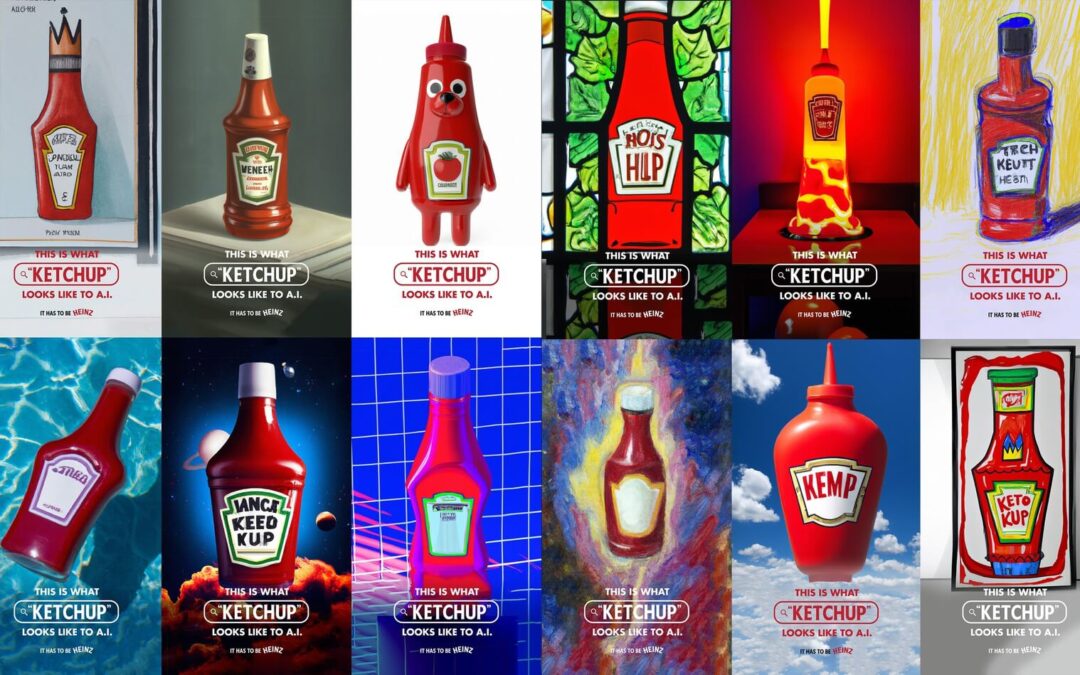Newly launched ChatGPT, the latest example of conversational AI, is absolutely human-like in its ability to create text and assemble words, phrases and thoughts.
The brainchild of AI firm OpenAI, ChatGPT is good enough – and its output believable enough – to write sophisticated essays, stories, even poetry, prompting concerns that such technology can replace humans in journalism, academe, filmmaking, game design, advertising, programming and on and on. The bot uses a dialogue format that allows users to provide both simple and complex instructions. It provides a detailed response and can answer follow-up questions and even admit when it makes a mistake! But ChatGPT is just the best known, most accessible, example of AI. There are hundreds of companies using AI in various ways.
Events like the AI Summit in NY provide a showcase for B2B tech companies like Pinecone, Cognigy, Tonic, Snowplow and others to show their wares whether it’s identifying customers, making recommendations, onboarding employees, writing contracts, translating text from one language to another – and we are beginning to use AI in our home/office lives to do what had been considered tedious, time-consuming tasks like completing mailing lists or write thank you notes. In fields like PR, AI tools like Copy.ai or simplified are able to auto-generate blogs with just a few basic prompts. Advances in sentiment analysis, predictive analytics, chatbots and natural language processing are also having an impact on PR and in other professions where originality and creativity are the currencies. AI will challenge human creativity and may effectively transform the entire creative process.
In addition to AI impacting narrative language, a growing number of technology companies are delivering generative AI, delivering digital images from text prompts, and in some cases, raising billions in funding and provoking nonstop attention. “Trained” on the Internet’s more than 2.3 billion images, OpenAI’s DALL-E 2 and other image generation tools are already being tapped for advertising. Heinz, for example, is showcasing the fact that an AI-generated prototypical ketchup bottle looks just like a Heinz ketchup bottle. According to an article in HBR, Stitch Fix, the clothing company that uses AI to recommend specific clothing to customers, is experimenting with DALL-E 2 to create visualizations of clothing based on requested customer preferences for color, fabric, and style. Mattel, Nestle and others are also using the technology in marketing.
And it doesn’t stop there. Stable Diffusion’s Stability AI, for example, is able to create original imagery in seconds. These are images that don’t exist anywhere else in the world, and if you ask the AI to the same thing ten times in a row, the image will be different each time. It’s nearly impossible to believe that a robot can mimic human creativity in this way, but it can, and it does. That said, it’s important to realize that while these creations are technically “original,” they are derivative from work that came before. By scraping and analyzing millions of pieces of code, AI is able to fashion its own version of these outputs.
Even as incredible as all this is for the present and the future, AI does have its limitations including lack of transparency. “Algorithmic bias,” for example, based on built-in stereotypes over millions of posts, can produce unfair outcomes, such as “privileging” one category over another.
So while AI works out its kinks, and bots like ChatGPT are perfected, we are living through the beginnings of a monumental societal transformation. According to Andrew Ng’s LandingAI, “AI technology is now poised to transform every industry, just as electricity did 100 years ago.” HBR likens the AI revolution to the Industrial Revolution in scope and effect by freeing people from tedium so they can focus on ideas that add value. So fear not, we are at the inception of a sea change, and it’s up to us as a society to determine how to make AI work for us.
If you have an AI story to tell, get in touch and schedule a meeting!
